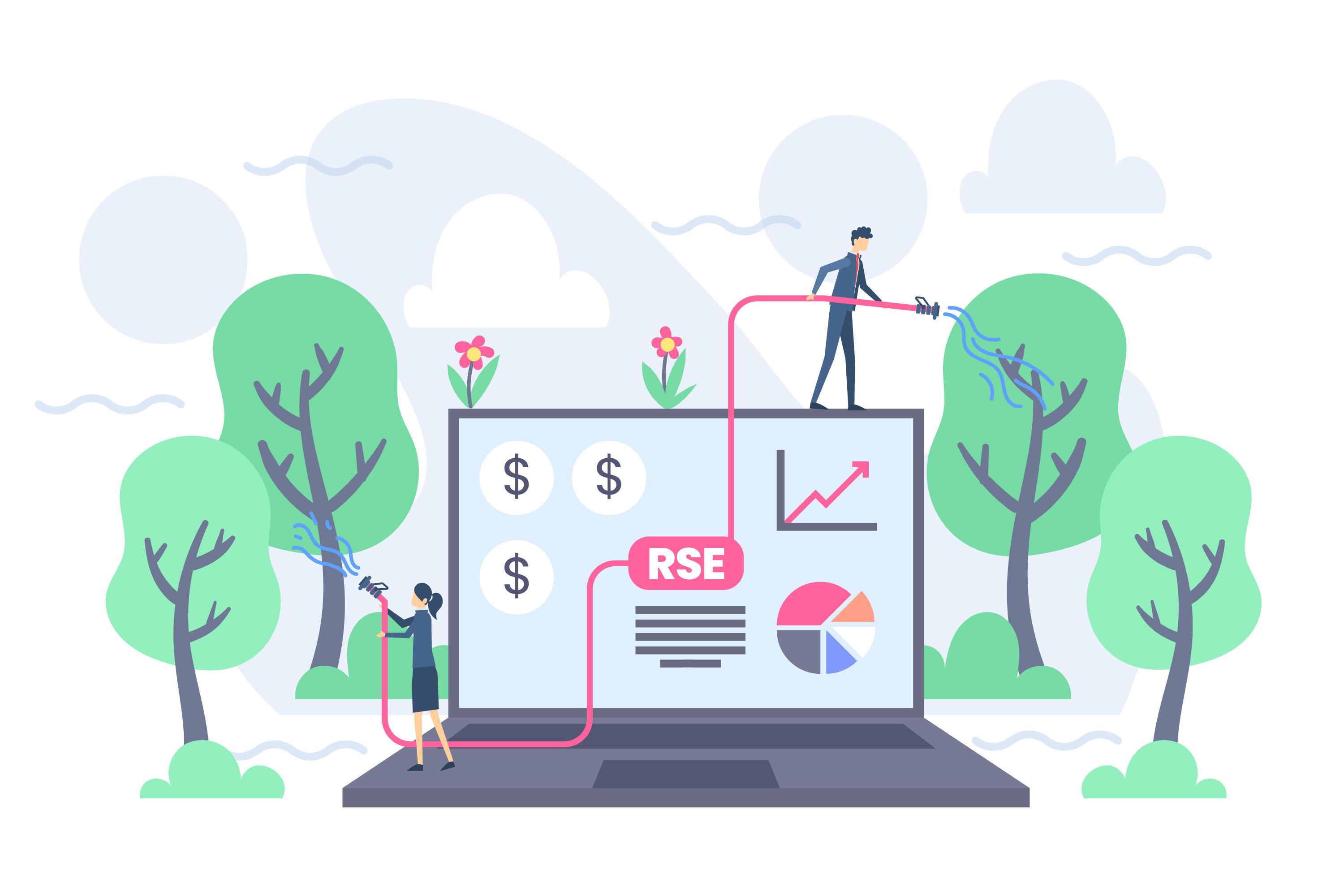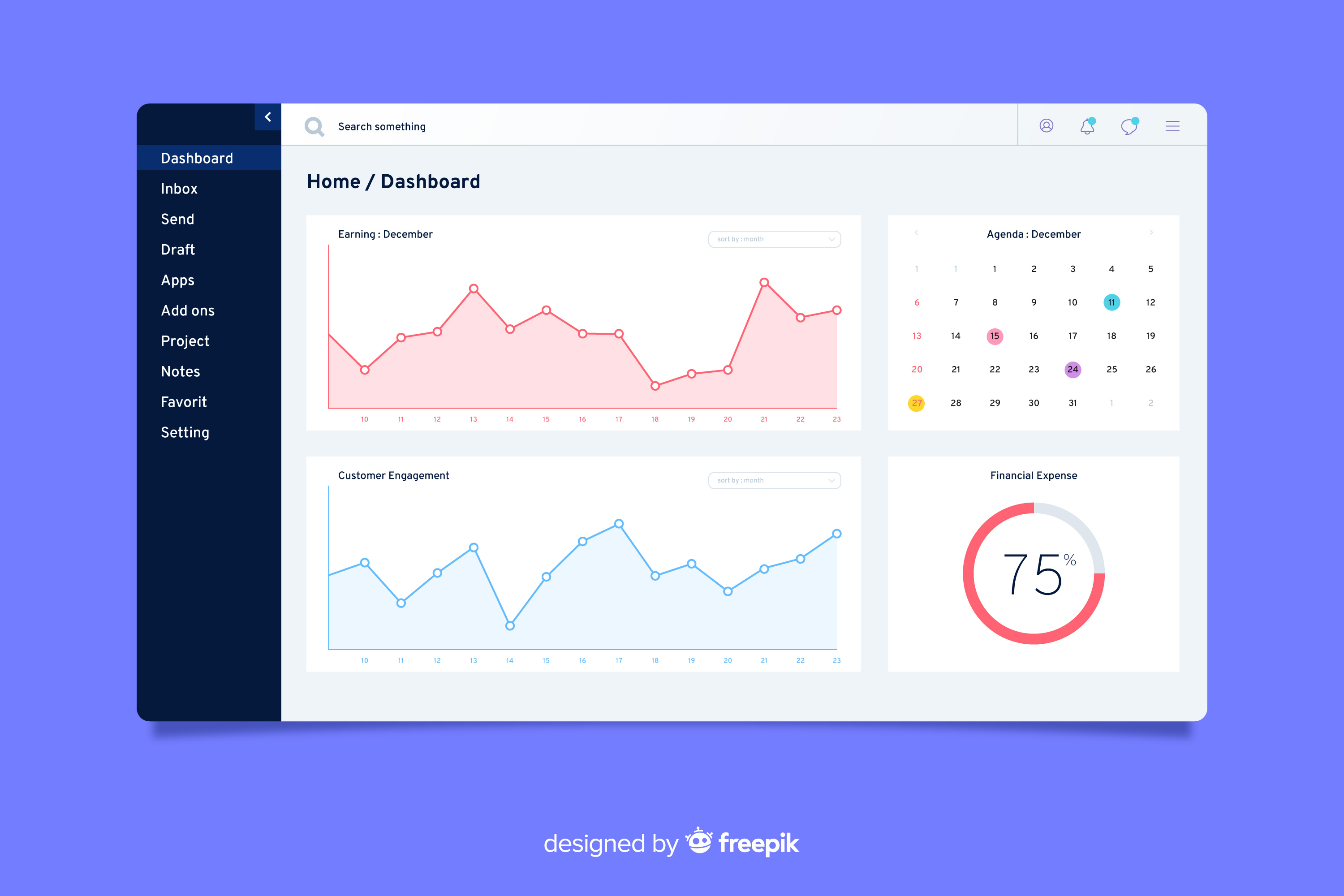Web traffic sources are where visitors come from when they reach a website. They help you understand how people find your site. Common sources include search engines, social media, and direct visits. Separating them is worth it because it shows which channels bring the most visitors. This helps you focus on what works best.
For example, you can track web analytics traffic to see patterns. Knowing your acquisition traffic tells you where your audience comes from. When you see traffic on a website, you learn which sources drive results. By looking at these details, you can adjust your efforts and grow your audience. It's a simple way to stay on track and improve your online presence.

Why Is Website Traffic Important?
Website traffic is important because it shows how many people visit your site. It’s like a window into your online success. Without visitors, your site has no audience, and your efforts go unnoticed. Traffic in marketing helps businesses grow by bringing in potential customers. When people visit, they can learn about your products, services, or ideas.
Every visitor counts. Some may come through search engine traffic, while others might click a link on social media. These paths tell you where your audience comes from and what catches their interest. Watching traffic web analytics can help you understand their behavior. Are they staying on your site or leaving quickly? These details show how well your site works. Traffic doesn’t just mean numbers. It’s about real people looking for answers or solutions. More visitors can mean more sales, more sign-ups, or more influence. But the right kind of traffic matters too. You want people who are interested in what you offer, not just random clicks.
Building traffic takes time and effort. It’s about creating good content, being visible online, and offering value to your audience. When done right, it connects you with the people who matter most to your goals. To achieve better results, outsource SEO services to the experts!
What are traffic sources?
Traffic sources are the paths people use to find a website. These sources help you get website traffic and grow your online presence. The main traffic sources include direct, organic, referral, social, and paid traffic. Each source works differently and plays a unique role in building website popularity.
One of the important aspects of traffic sources is analyzing the quality of traffic. It’s not just about how many visitors you get but also whether they engage with your site. For example, traffic from high-quality sources often results in longer session times, more page views, or better conversion rates. Tracking these sources helps you see website traffic patterns. You can also use tools like website traffic in Google Analytics to measure how visitors find you and what they do on your site. Each source has its strengths. For example, organic traffic often feels more genuine, while paid traffic can deliver faster results.
Understanding the definition of traffic in marketing means knowing that every visitor matters. Each source offers insights into what works and what doesn’t. By focusing on these, you can create a better strategy to reach more people and grow your site’s success.

Types of Internet Traffic
Website traffic is the lifeline of any online presence. By analyzing search website traffic, we can identify which keywords are driving the most visitors to the site. It represents the number of visitors coming to your website and how they get there. Understanding where your visitors come from helps you grow your audience, improve engagement, and achieve your goals. Each traffic source—whether it’s from search engines, ads, other websites, or direct visits—offers unique insights into your site’s performance.
Organic Traffic Sources
Organic traffic is the visitors who find your website through search engines like Google or Bing without clicking on ads. It’s one of the most trusted forms of traffic because users discover your site naturally when searching for something they need. For example, someone searching for "affordable yoga mats" might find your website if it ranks high for those keywords.
How it works:
- A person searches for a keyword.
- Your site appears in search results.
- They click on your link and visit your site.
Organic traffic sources are essential because they are free and sustainable. Over time, it helps build your website's credibility and authority. To increase organic traffic, focus on creating useful content, using relevant keywords, and keeping your website user-friendly.
Paid Traffic Sources
Paid traffic brings visitors to your site through advertisements. You pay to display ads on platforms like Google, Facebook, or Instagram. This method works well for quickly reaching a specific audience, such as promoting a sale or launching a new product. For example, an ad for “custom T-shirts” on Facebook can drive users to your site within minutes.
How it works:
- You create an ad campaign and choose your target audience.
- People see the ad while browsing online.
- Interested users click the ad and visit your site.
Paid traffic sources are important for reaching people who may not find your site organically. They allow precise targeting based on interests, location, or demographics. However, careful budget management is required to avoid overspending.
Referral Traffic Sources
Referral traffic comes from visitors clicking links to your site from other websites. These referrals often come from blogs, news sites, or social media posts that mention your site. For instance, if a food blogger links to your recipe website, their audience may visit through that link.
How it works:
- Another website mentions your site and includes a link.
- Someone clicks the link.
- They are directed to your website.
Referral traffic builds credibility because it shows others trust your content or product. It also helps you reach new audiences who might not discover your site otherwise. To grow referral traffic, work with influencers, collaborate with other websites, or write guest posts.
Direct Traffic Sources
Direct website traffic consists of people who visit your website by entering your URL directly into their browser or using a saved bookmark. These visitors already know your site and don’t rely on search engines or other sources to find it. For example, a loyal customer might type “example.com” into their browser to shop again.
How it works:
- Users type your website address directly.
- They may also click a saved bookmark.
- They arrive at your homepage or a specific page.
Direct traffic sources reflect strong brand recognition and customer loyalty. Great analytics of direct traffic often result from offline efforts like business cards, flyers, or word-of-mouth recommendations. Increasing direct traffic is a sign that people remember and trust your brand.
PPC Traffic Sources
PPC (Pay-Per-Click) traffic comes from paid advertisements that bring visitors to your website. These ads appear on search engines like Google, on social media platforms like Facebook and Instagram, or across other websites. Unlike organic traffic, PPC is immediate—you start receiving visitors as soon as the ad goes live. For businesses, it’s a way to target specific audiences and get quick results.
How It Works:
- You create an ad campaign and define your audience.
- The platform shows your ad to users based on their searches, demographics, or interests.
- Users click on the ad and are directed to your site.
- You are charged for each click, often based on competition for the ad space.
PPC traffic sources are versatile and work across industries, whether you’re promoting products, services, or events. For instance, if you sell workout gear, you might use Google Ads to target “best fitness leggings” or run Instagram ads to showcase your products in action. Social platforms like Facebook allow you to refine your audience by age, location, and interests, ensuring your ads reach the right people.
This traffic source is valuable because it allows you to measure everything. From clicks and impressions to conversions, PPC campaigns give you detailed insights. It’s particularly helpful for short-term goals, such as increasing sales during a promotion or launching a new product. Success is a thing that depends on managing your campaigns well. Poor targeting or high costs can hurt your return on investment. Understanding these traffic sources lets you focus on what works best for your site and audience. This helps you achieve steady growth over time.

Website Traffic Source Analysis
Analyzing website traffic shows where your visitors come from and how they use your site. It helps you check which channels bring the most visitors. You can also spot areas that need improvement. Studying traffic helps you see what works best to grow your audience and reach your goals.
How to Analyze Web Traffic Sources
Understanding your web traffic sources is key to improving your website’s performance. Tools like Google Analytics make it simple to find out the traffic of a website and break it down into actionable insights. Here’s a detailed guide on how to analyze your web traffic sources step by step:
1. Set Up a Web Analytics Tool
The first step is to ensure you have a web analytics tool installed on your site. Google Analytics is the most popular option, but other tools like Matomo or Adobe Analytics can also help. If you’re using Google Analytics, follow these steps:
- Create a Google Analytics account.
- Add your website by entering its URL.
- Install the tracking code on your site. For most platforms like WordPress, you can use plugins to make this easier.
2. Log In and Access Reports
Once your analytics tool is set up, log in to your dashboard. Go to the "Acquisition" section (in Google Analytics) to view your web traffic sources. This section divides traffic into categories such as:
- Organic Traffic: Visitors from search engines.
- Paid Traffic: Visitors from ads.
- Referral Traffic: Visitors from other websites.
- Social Traffic: Visitors from social media platforms.
- Direct Traffic: Visitors who type your URL directly or use bookmarks.
3. Analyze Overall Traffic Trends
Check the total number of visitors to your site over different timeframes—daily, weekly, or monthly. Look for patterns. Is your traffic growing, staying the same, or decreasing? Spikes in traffic could indicate successful campaigns, while drops may suggest issues that need fixing.
4. Break Down Traffic Sources
Identify which sources drive the most traffic. For each category (organic, paid, referral, social, and direct), ask:
- What percentage of total traffic comes from this source?
- Is this source growing or shrinking over time?
- Does this source bring in engaged users who stay longer and explore more pages?
For example, if analytics of direct traffic is low, it may indicate that your brand isn’t well-known yet, and you might need better offline promotion or branding efforts.
5. Monitor User Behavior
Go beyond just traffic numbers and look at user engagement:
- Time on Site: Check how long visitors stay. A longer time usually means they find your content valuable.
- Pages per Session: See how many pages they view in a single visit.
- Bounce Rate: Identify pages where visitors leave quickly without exploring further. High bounce rates could mean irrelevant content, poor design, or slow load times.
6. Evaluate Top Pages and Content
Review which pages or blog posts get the most views. Use this information to understand what your audience finds interesting. For example, if a blog post about "budget travel tips" gets lots of traffic, consider creating more content on similar topics.
7. Check Conversions
Look at whether visitors are completing desired actions, like signing up for newsletters, filling out forms, or making purchases. Track the conversion rate for each traffic source. For example:
- Are paid ads driving sales or just clicks?
- Does referral traffic bring in new subscribers?
8. Identify Referral Sources
Go to the referral traffic section to see which websites link to your site. Pay attention to these:
- Are there high-quality websites referring visitors?
- Do referral visitors spend time on your site or leave quickly?
You can build stronger partnerships with websites that send valuable traffic.
9. Analyze Social Traffic
Social media is a significant traffic driver for many websites. In your analytics tool, break down social traffic by platform. For example, see whether Facebook, Instagram, or LinkedIn brings the most visitors. Focus on the platforms that drive engaged traffic.
10. Measure Campaign Performance
If you’re running paid ad campaigns, analyze their performance. Look for metrics like cost-per-click (CPC), click-through rate (CTR), and conversions. Adjust campaigns based on what works and what doesn’t.
11. Set Goals and Track Progress
Use your findings to set traffic goals. For example, aim to increase organic traffic by 20% in six months or double your referral traffic by building partnerships. Regularly check your progress and adjust your strategies as needed.

Why It Is Necessary
Analyzing your website traffic is important because it helps you make informed decisions. Without knowing where your visitors come from, it’s hard to know what’s working and what isn’t. For example, if most of your visitors come from organic traffic, you might focus on improving your SEO strategy. If you notice low direct traffic, it might mean your brand awareness needs work.
Traffic analysis also helps with budgeting. If you’re spending on ads, you can see whether the paid traffic leads to sales. If not, you can adjust your campaigns. It’s also helpful to track referral traffic to see which partnerships or mentions are bringing value to your site.
What to Pay Attention To
Traffic analysis isn’t just about numbers; it’s about understanding your audience and improving their experience:
- Web Traffic Sources: Check the percentage of traffic from organic, paid, referral, social, and direct channels. Focus on which source drives the most visitors and which needs improvement.
- User Behavior: Analyze what visitors do on your site. Look at time spent on the site, pages viewed, and actions completed.
- Bounce Rate: A high bounce rate might point to problems like slow loading times, irrelevant content, or difficult navigation.
- Traffic Growth Trends: Look at whether your traffic is going up or down over time. Steady growth often shows that your strategies are working well.
- Conversion Rates: Understand how many visitors take the actions you want, such as purchasing a product, signing up for a newsletter, or contacting you.
By studying your website traffic, you can identify what’s working and fix what isn’t. Pay attention to key metrics like your web traffic sources, bounce rates, and conversions. Over time, this knowledge will help you create a stronger, more successful online presence.


